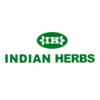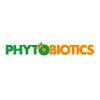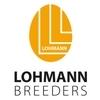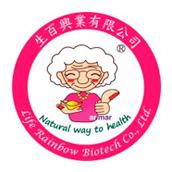Explore all the information on
Phytogenics in poultry nutrition
Phytogenics, also known as phytobiotics, are natural bioactive compounds of botanical origin that are used as alternatives to antibiotic growth promoters (AGPs) and are added to feed to enhance animal performance. Although phytogenics encompass a wide variety of substances of biological origin, formulation, chemical characterization, and purity, they can be classified into four groups: (1) herbs (products obtained from flowering, woody, and nonperennial plants); (2) botanicals (whole or processed parts of a plant, such as roots, leaves, tree bark, and spices); (3) essential oils (hydro-distilled extracts of volatile plant compounds); and (4) oleoresins (anhydrous solvent-based extracts). These plant-derived products do not contain residues, are natural, and are less toxic than synthetic antibiotics or inorganic chemicals. Many are generally recognized as safe (GRAS) by the U.S. Food and Drug Administration (FDA) and can be used as feed additives in animal nutrition.
Comments related to #Phytogenics in poultry nutrition
Top 10 content about #Phytogenics in poultry nutrition
































